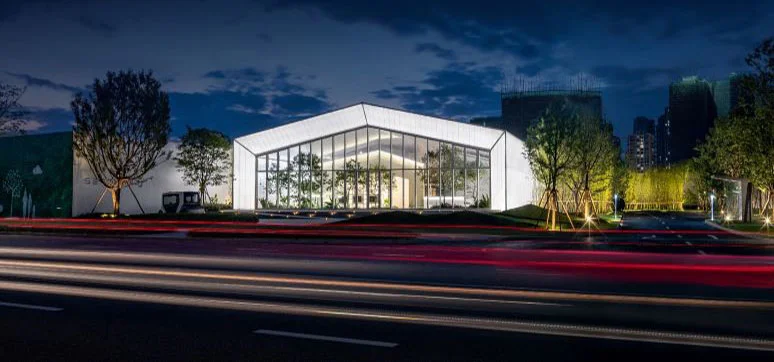How would you explain the role of façade lighting in enhancing the aesthetics and functionality of a building?
Façade lighting is inseparable from the architectural façade itself. It renders the nighttime perception and identity of the façade forms and elements to appear as per the architects’ vision. Without lighting, the architecture would appear dark and unnoticed, as its existence and beauty cannot be appreciated at night. Lighting highlights the aesthetics of the building materials and colours. It also picks up different moods and reinforces statements of the architecture that do not appear during the day and even conveys messages to communicate with the users. In some projects, a generous amount of glass façade allows the interior lighting out and contributes to the façade lighting expression. Therefore, the perceived façade lighting is precisely what is curated inside the architecture. Intense collaborations between various parties are required to devise a good façade lighting scheme.
How do you approach the creative aspects of designing a façade lighting system?
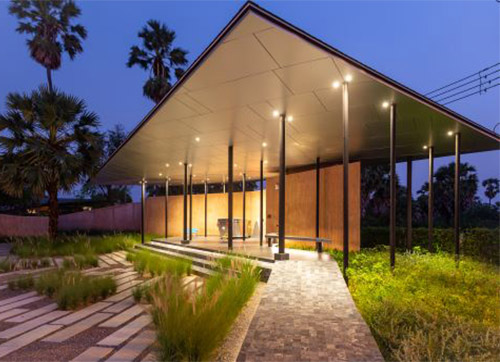
The creativity of the façade lighting concept may come from many inspirations. Still, it must be based on or developed from the nature of the projects and the architectural intents. First, studying and thoroughly understanding the designed façade intent of use and construction details is essential, as each project has different conditions and requirements. A good façade lighting design needs to respond closely to those intents and requirements while being well-integrated into the façade details. Close collaborations with the architects or façade consultants are also required to achieve a seamlessly integrated façade lighting solution. Additional lighting concepts may be implemented to extend the creativity and nighttime experiences. Façade lighting can either emphasise the building’s look as seen during the daytime or completely alter its day and night identities as time changes.
What factors do you take into account to ensure the longevity and sustainability of a façade lighting installation?
The first part is lighting equipment selection. Even though LED light sources nowadays have considerably long life spans, different world locations have different climates. It is hot in the UAE and dusty due to sandstorms, and rain is scarce, while in Southeast Asia, the weather is hot, humid, and always rainy. Since façade lighting is to work with outdoor equipment, the selection must be carefully made from reputable and reliable brands with a suitable IP rating and other related parameters to withstand the local climate. Maintenance is also a crucial part. Collective discussions with the architects and the design team are required to determine the detailed integration, installation heights, and feasible locations for maintenance.
What are the latest trends and innovations in façade lighting?
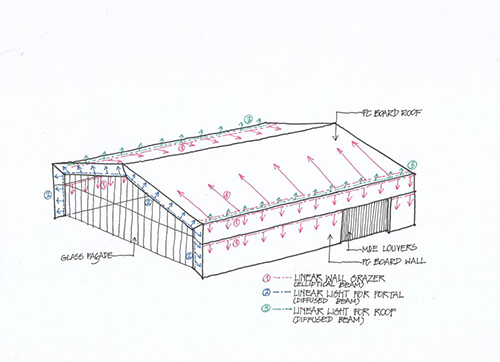
Due to drastically increasing awareness of the environment, symbiotic relationships, and human wellness, the current façade and exterior lighting trends tend to do with decreasing light pollution, reclaiming dark skies, and minimising adverse impacts of excessive light spills towards humans and nocturnal animals’ biological life cycle. Too many up-lighters at inappropriate locations will spill unwanted light into the sky, causing glare and a blocked vision of the stars and the Milky Way. Many recent studies suggest using light fixtures with shields to control glare, facing down to mitigate the upward obtrusive light into the sky, and using warmer colour temperatures and suitable optics to prevent light spills and trespass. Dimming control is convinced for the ability to tone down light levels at night and, finally, to light only when and where required. Carefully considered façade lighting design schemes also help reduce the light trespass into the building interiors, which can abruptly impair a good night’s sleep.
Are there specific technologies or practices you favour for achieving energy-efficient façade lighting?
LEDs have become a standard practice as light sources with considerably long hours of life. The technologies are so advanced that many manufacturers can develop products with higher energy efficiency year by year. As lighting designers, we are also responsible for illuminating only where the light is needed, carefully reviewing the light fixtures’ use, and pursuing international and local standards to minimise the power density where possible. Lighting control systems, such as dimming and timer control, are strongly recommended for façade lighting. This is not only for the flexibility to balance the lighting effects but also to provide an opportunity to dim down or turn off the lights when not required.
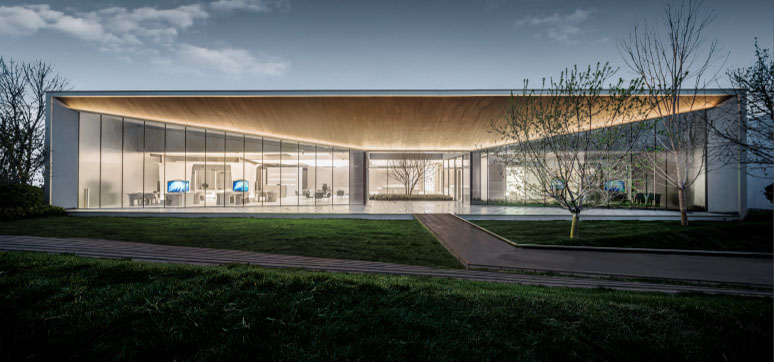
Could you please elaborate on the use of façade lighting as a marketing factor (creating brand names, promotional images, and advertisements through lighting on façades)?
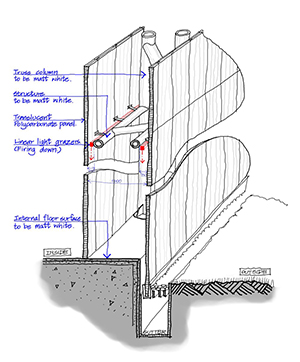
There are many approaches to delivering messages via the façade design and façade lighting depending on the energy and monetary budgets and design intents. Wall washers can help illuminate and make the façade graphics visible against the darkness. Integrated LED strips behind the signage di-cuts delineate perimeter lighting halos around the logos. Bespoke graphic lightboxes provide an evenly lit advertisement.
Alternatively, gobo projectors can establish attention- drawing static or moving images on the façade, transforming canvas-like plane façade surfaces into a stunning feature. Various kinds of media façade light fixtures, from static white colour temperatures to dynamic tunable white or colour changing, can be implemented with lighting control to create a vigorous statement for marketing on the façade. This approach can provide more flexible and dynamic messages while adorning the façade with visual spectacles. Still, it may come with a reasonably higher budget and level of workmanship and collaboration on site.
What is the impact of façade material on lighting?
Both façade materials and colours have a significant impact on lighting effects. Scientifically, lighter colours provide more lighting reflectance, while darker colours absorb light more. Light also appears more prominent on matte materials without leaving the reflection of the light sources on the surfaces. On the contrary, we usually see more reflection and less lighting effects on reflective ones. Transparent materials, like glass, are different as they allow the light to transmit through themselves, while opal or translucent ones diffuse the light to glow. In practice, the façade material palette will affect how we light the façade and determine the lighting details. Façade materials with textures and patterns are also a great source to be illuminated. Interesting textures will react with the light uniquely.
Can you share any strategies for minimising maintenance costs over the life of a lighting installation?
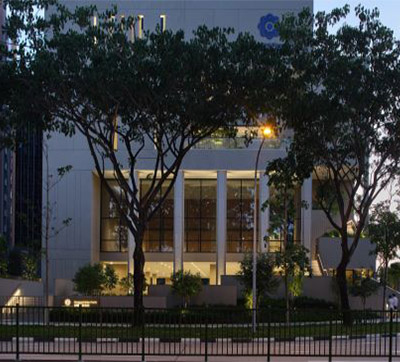
Understanding the selected lighting equipment’s properties, advantages, and disadvantages is required. The installation locations significantly influence how we choose the lighting equipment.
In many cases, the light fixtures must be installed on a high level that is difficult to maintain. The lighting selection must be suitable for the harsh outdoor climate and reliable enough not to fail repeatedly. Proper technical installation per the manufacturer’s instruction is also a forefront consideration to ensure the fixtures last their entire life span. Sometimes, using the fixtures with remote drivers at an easily accessible indoor location facilitates maintenance and minimises heavy façade maintenance equipment use.
With a growing focus on sustainability, how do you incorporate eco-friendly practices into your façade lighting designs?
The sustainability aspect must be carefully considered early in the design stage and regarded as a regular practice for every project. While a lighting designer aims to establish the desired lighting effects, high-efficiency lighting fixtures must be considered to achieve the optimum lighting output with minimized energy consumption. Adopting stringent global lighting standards, like LEED certifications, etc., is vital in regulating the lighting power budget for a façade lighting project. Also, using light fixtures with long life expectancy with correct installations, such as proper wiring and the right type of drivers, helps maximise the fixtures age and, therefore, minimises electronic waste from spoiled light fixtures and reduces the maintenance energy and wastes.
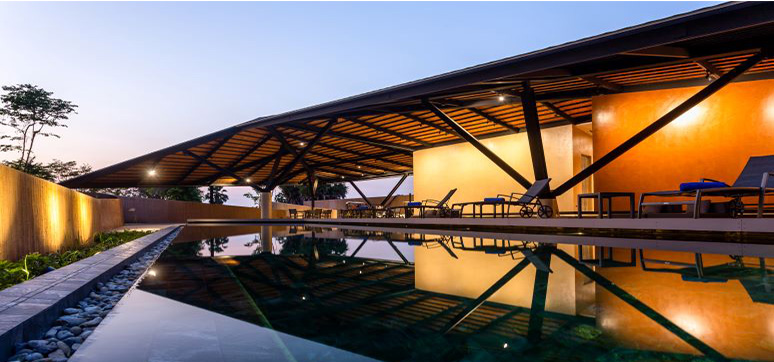
Where do you see the future of façade lighting heading?
Predicting the future of façade lighting is challenging as the lighting technologies advance daily. LED light sources are improved to become of closer quality to the natural sunlight while consuming less energy. State-of-the-art lighting control products are launched to facilitate flexibility in regulating façade lighting. This is an anticipated opportunity for façade lighting to be made friendlier to our world. I assume the façade lighting trends will accompany the façade design development direction, and I hope it will provide opportunities to design progressively more “human and environment”- caring manner soon. This will add up to reimagining the roles of lighting designers from now on.
